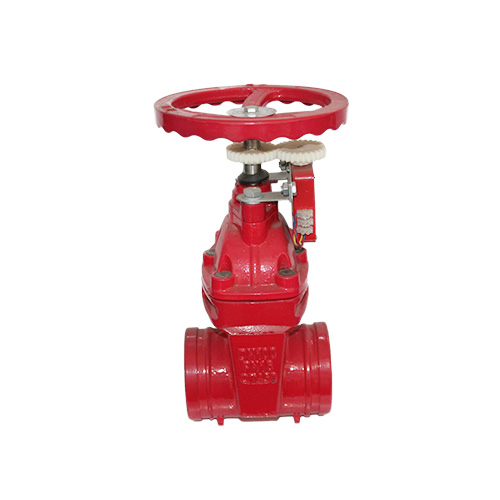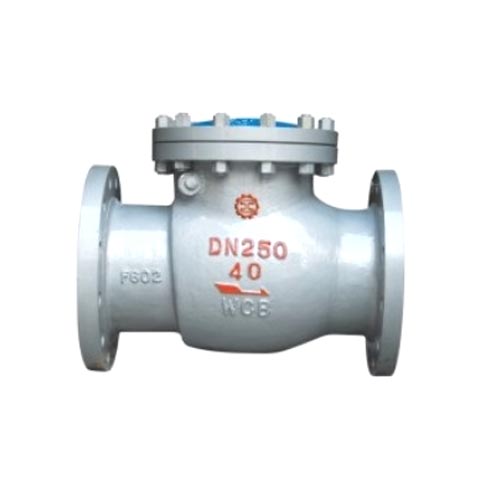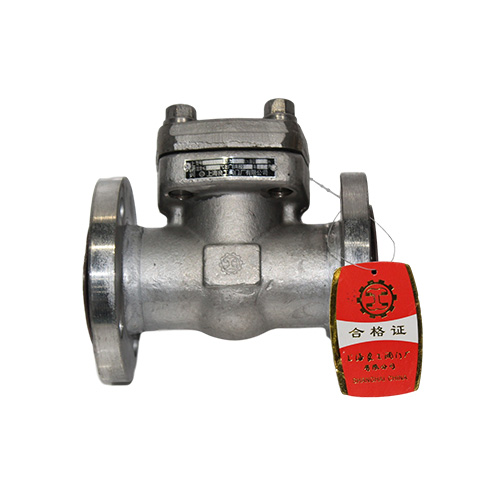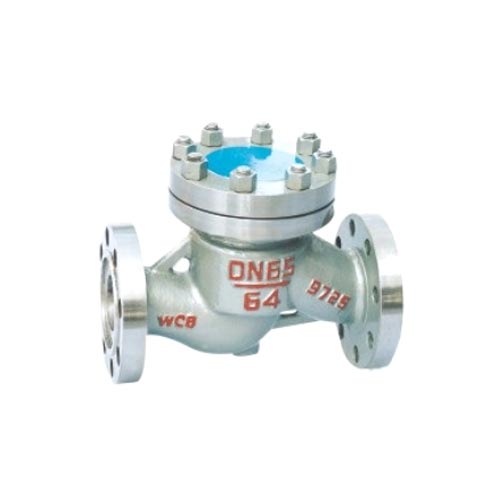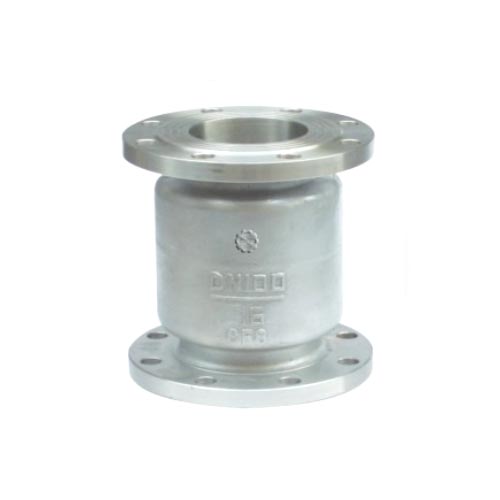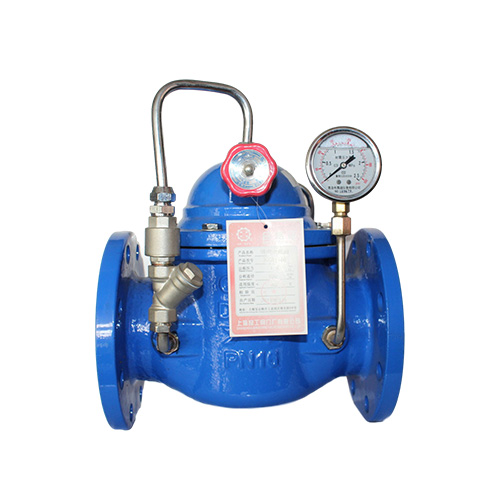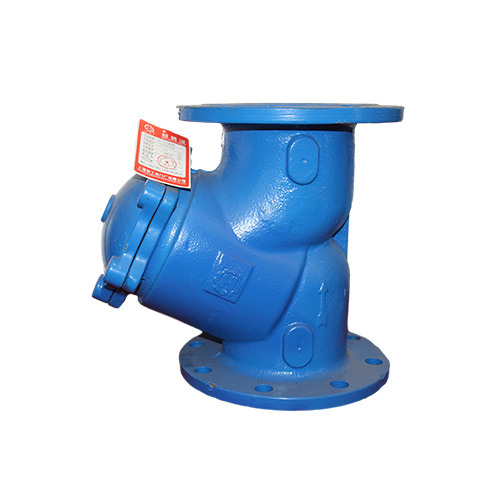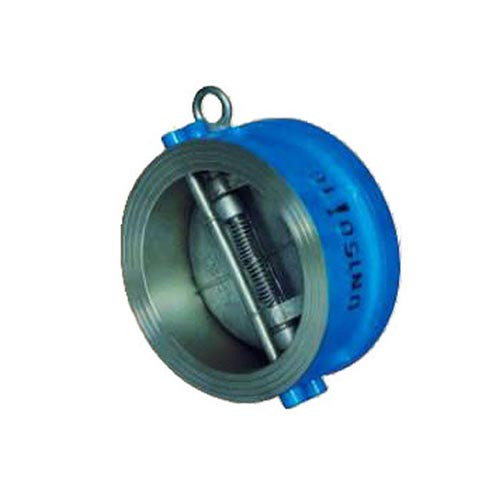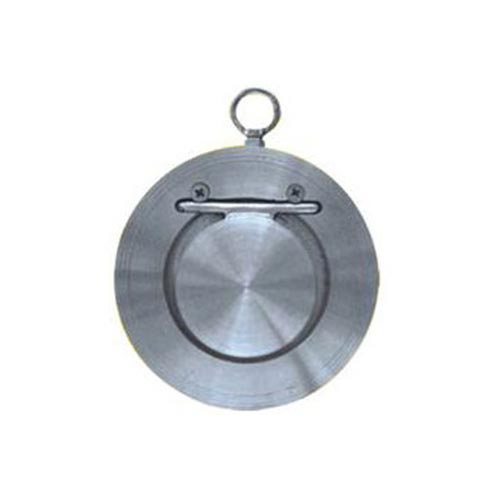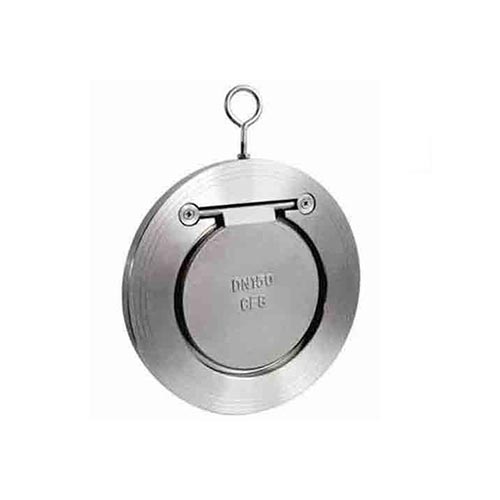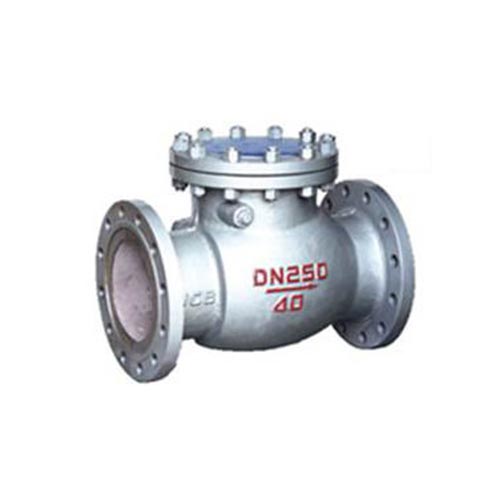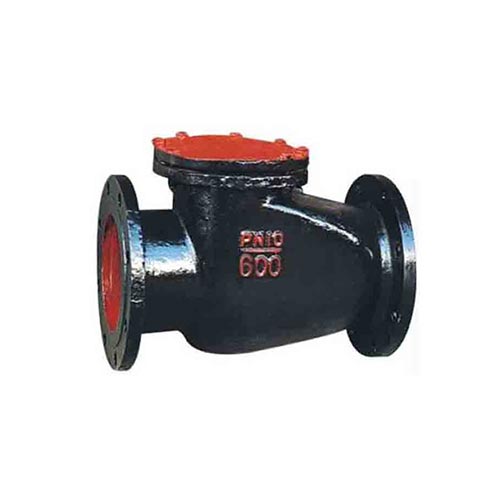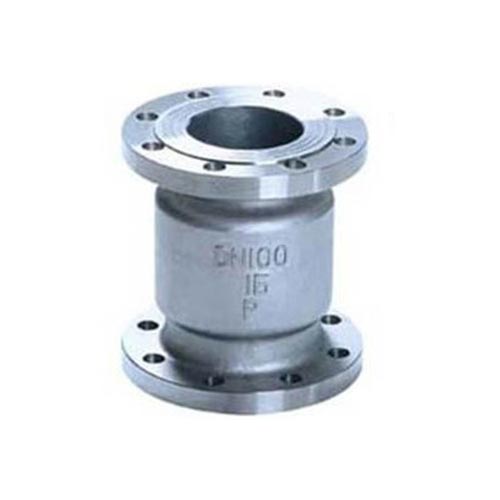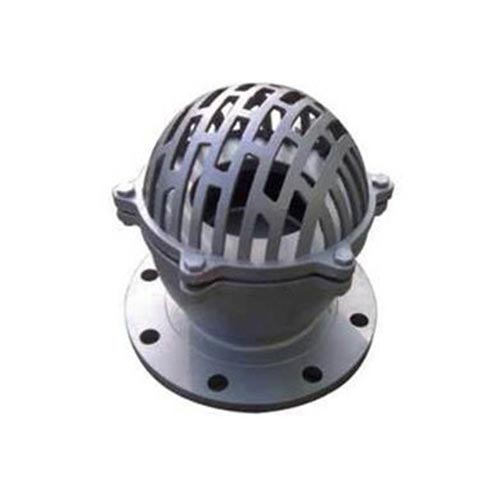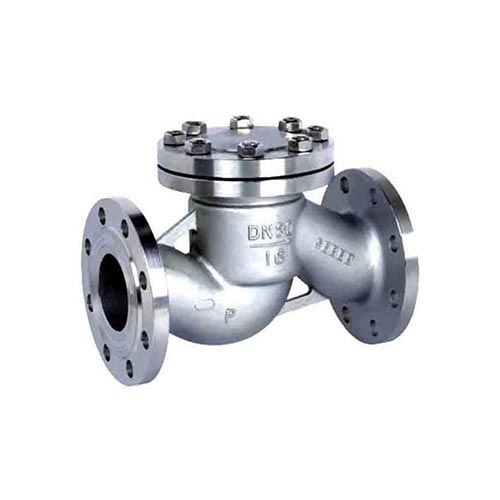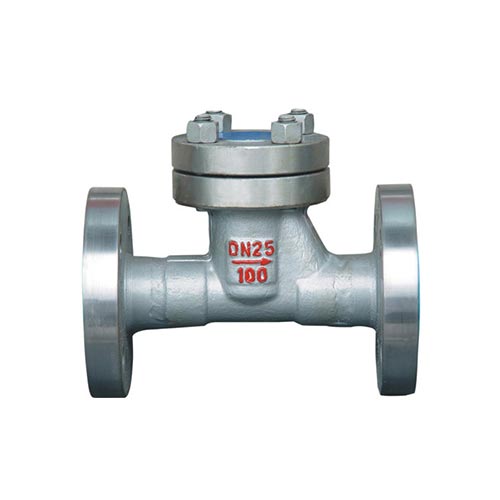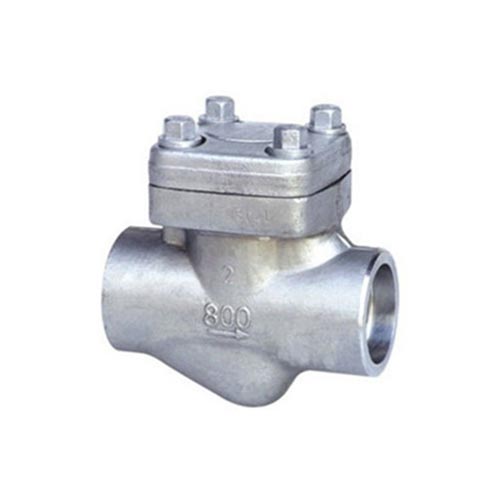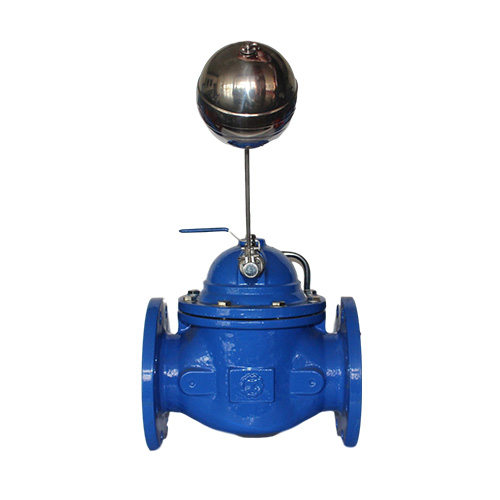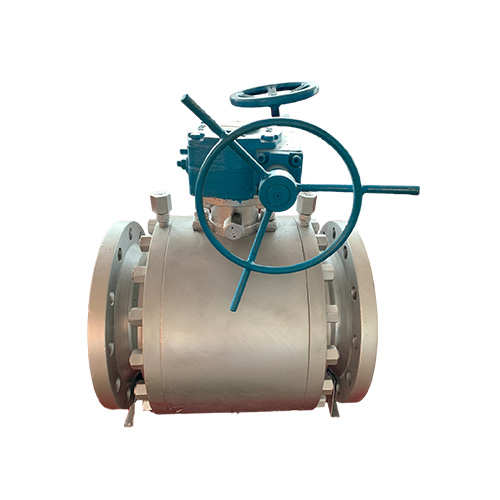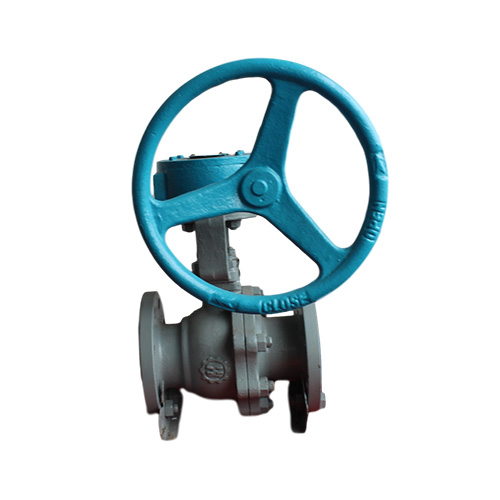阀门电动装置是实现阀门程控、自控和遥控不可缺少的设备,其运动过程可由行程、转矩或轴向推力的大小来控制。由于阀门电动装置的工作特性和利用率取决于阀门的种类、装置工作规范及阀门在管线或设备上的位置,因此,正确选择阀门电动装置,对防止出现超负荷现象(工作转矩高于控制转矩)关重要。
The valve electric device is an indispensable equipment to realize valve program control, automatic control and remote control. Its movement process can be controlled by the stroke, torque or axial thrust. Since the working characteristics and utilization rate of the valve electric device depend on the type of valve, the working specification of the device and the position of the valve on the pipeline or equipment, the correct selection of the valve electric device is crucial to prevent overload (the working torque is higher than the control torque).
通常,正确选择阀门电动装置的依据如下:
Generally, the correct selection of valve electric device is based on the following:
操作力矩:操作力矩是选择阀门电动装置的主要参数,电动装置输出力矩应为阀门操作大力矩的1.2~1.5倍。
Operating torque: the operating torque is the main parameter for selecting the electric device of the valve, and the output torque of the electric device shall be 1.2~1.5 times of the large operating torque of the valve.

操作推力:阀门电动装置的主机结构有两种:一种是不配置推力盘,直接输出力矩;另一种是配置推力盘,输出力矩通过推力盘中的阀杆螺母转换为输出推力。
Operating thrust: there are two main engine structures of the valve electric device: one is to output torque directly without a thrust disc; The other is equipped with a thrust disc. The output torque is converted into the output thrust through the stem nut in the thrust disc.
输出轴转动圈数:阀门电动装置输出轴转动圈数的多少与阀门的公称通径、阀杆螺距、螺纹头数有关,要按M=H/ZS计算(M为电动装置应满足的总转动圈数,H为阀门开启高度,S为阀杆传动螺纹螺距,Z为阀杆螺纹头数)。
Number of rotation turns of output shaft: the number of rotation turns of the output shaft of the electric device of the valve is related to the nominal diameter of the valve, the screw pitch of the valve stem, and the number of screw heads, which should be calculated as M = H / ZS (M is the total number of rotation turns that the electric device should meet, H is the valve opening height, S is the screw pitch of the valve stem drive thread, and Z is the number of screw heads of the valve stem).
阀杆直径:对多回转类明杆阀门,如果电动装置允许通过的大阀杆直径不能通过所配阀门的阀杆,便不能组装成电动阀门。因此,电动装置空心输出轴的内径大于明杆阀门的阀杆外径。对部分回转阀门以及多回转阀门中的暗杆阀门,虽不用考虑阀杆直径的通过问题,但在选配时亦应充分考虑阀杆直径与键槽的尺寸,使组装后能正常工作。
Valve stem diameter: for multi turn rising stem valves, if the large valve stem diameter allowed by the electric device cannot pass through the valve stem of the valve, it cannot be assembled into an electric valve. Therefore, the inner diameter of the hollow output shaft of the electric device is larger than the outer diameter of the stem of the rising stem valve. For non rising stem valves in partial turn valves and multi turn valves, although the passage of the valve stem diameter is not considered, the valve stem diameter and the size of the keyway should also be fully considered when selecting, so that they can work normally after assembly.
输出转速:阀门的启闭速度若过快,易产生水击现象。因此,应根据不同使用条件,选择恰当的启闭速度。阀门电动装置有其特殊要求,即能够限定转矩或轴向力。通常阀门电动装置采用限制转矩的连轴器。当电动装置规格确定之后,其控制转矩也就确定了。一般在预先确定的时间内运行,电机不会超负荷。但如出现下列情况便可能导致超负荷:一是电源电压低,得不到所需的转矩,使电机停止转动;二是错误地调定转矩限制机构,使其大于停止的转矩,造成连续产生过大转矩,使电机停止转动;三是断续使用,产生的热量积蓄,超过了电机的允许温升值;四是因某种原因转矩限制机构电路发生故障,使转矩过大;五是使用环境温度过高,相对使电机热容量下降。
Output speed: if the opening and closing speed of the valve is too fast, water hammer is likely to occur. Therefore, proper opening and closing speed shall be selected according to different service conditions. The electric device of the valve has its special requirements, that is, it can limit the torque or axial force. Usually, the valve electric device adopts the coupling with limited torque. When the specification of the electric device is determined, its control torque is also determined. Generally, the motor will not overload when it runs within a predetermined time. However, overload may occur in the following cases: first, the power supply voltage is low, and the required torque cannot be obtained, so that the motor stops rotating; Second, the torque limiting mechanism is wrongly adjusted to make it greater than the stop torque, resulting in continuous excessive torque and stopping the motor; Third, intermittent use, the heat accumulation generated exceeds the allowable temperature rise of the motor; Fourthly, the torque limiting mechanism circuit breaks down for some reason, resulting in excessive torque; Fifthly, the operating environment temperature is too high, which relatively reduces the thermal capacity of the motor.
 企业公告:
企业公告:




